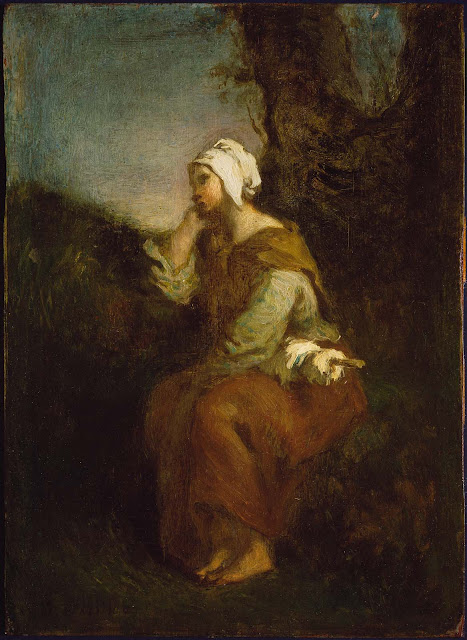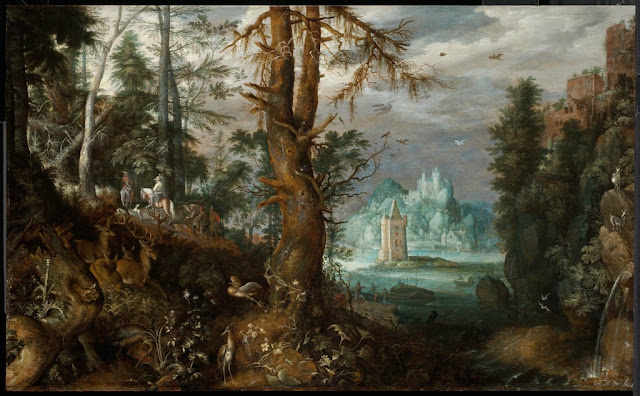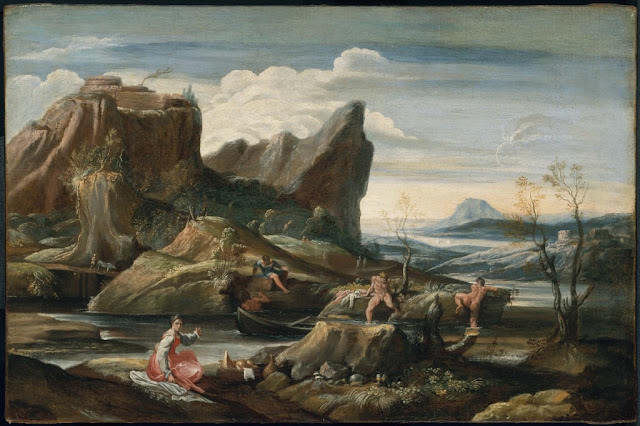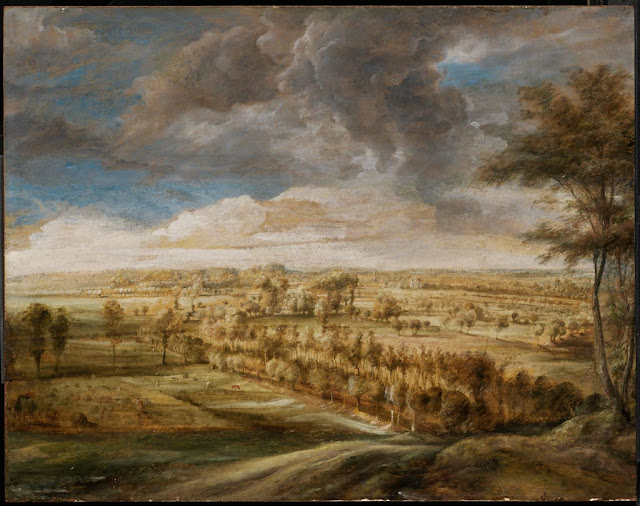 |
| Édouard de Beaumont A Lady Promenading ca. 1880 watercolor and tempera on bristol board Cooper Hewitt, Smithsonian Design Museum |
"In the 1880s a bustle pad, or a tier of stiffened horsehair or fabric frills, was introduced. After 1887-1888 the bustle went out of fashion. Towards the end of the 19th century the rate at which the fashionable silhouette changed quickened. The increasing popularity of paper patterns and the growth of women's fashion periodicals encouraged home dress-making during the second half of the 19th century. The withdrawal of the paper tax in the middle of the 19th century had stimulated the growth of publications, especially magazines aimed at women. It was during this period that magazines introduced paper patterns. By the 20th century the pace of change in the fashionable silhouette became ever more rapid as the expanding fashion industry, in conjunction with the media, became more effective at stimulating demand for a constant flow of new styles."
 |
| Florent Willems The Important Response ca. 1880 oil on panel Walters Art Museum, Baltimore |
 |
| William Merritt Chase Ready for the Ride 1877 oil on canvas Museum of Fine Arts, Boston |
 |
| Giovanni Boldini Lady with a Guitar ca. 1873 oil on panel Walters Art Museum, Baltimore |
"The 1870s and 1880s introduced styles that revealed the natural silhouette. A popular style was the 'princess line' dress, which was made without a waist seam to reveal the figure. Skirts fitted tightly and required streamlined all-in-one underwear combinations. Corsets became longer and were more rigidly boned. The busk, known as the spoon busk because of its shape, extended to the stomach. Sleeves were tight."
 |
| William Morris Hunt Priscilla ca. 1873 oil on canvas Museum of Fine Arts, Boston |
 |
| Jules Breton Woman with a Taper 1873 oil on canvas Museum of Fine Arts, Boston |
 |
| Charles Fairfax Murray Portrait of Clara Sentance 1870 watercolor and tempera on paper Morgan Library, New York |
 |
| Lawrence Alma-Tadema Woman and Flowers (representing ancient rather than contemporary dress) 1868 oil on panel Museum of Fine Arts, Boston |
 |
| Frederic Leighton Painter's Honeymoon ca. 1864 oil on canvas Museum of Fine Arts, Boston |
"In the 1860s the skirt was very full and worn over a cage crinoline, a petticoat supported by a frame of steel hoops that held it away from the legs. A boned corset was worn over a chemise."
 |
| Franz Xaver Winterhalter Portrait of Wiencyzyslawa Barczewksa, Madame de Jurjewicz 1860 oil on canvas Museum of Fine Arts, Boston |
 |
| Henry Wyatt Vigilance 1835 oil on canvas Tate Gallery |
 |
| Martin Archer Shee Portrait of Miss Moffat 1826 oil on canvas Walters Art Museum, Baltimore |
"In the 1820s and 1830s the waistline deepened, returning to its natural position. As the natural waist returned, the bodice required a tighter fit and in contrast the skirt became fuller and bell-shaped. There were several different sleeve styles but short puffed sleeves were generally worn for evening, and long sleeves for day. Corsets continued to be worn. These were lightly boned and quilted, with a deep busk. Several layers of petticoats with frilled hems, sometimes of horsehair, were worn to support the full skirts."
 |
| Thomas Lawrence Portrait of the Marchioness of Sutherland ca. 1816 oil on canvas Walters Art Museum, Baltimore |
 |
| Giuseppe Longhi Head of a Young Woman wearing a Turban ca. 1808-1812 lithograph Museum of Fine Arts, Boston |
– quoted text from curator's notes at the Victoria & Albert Museum









































